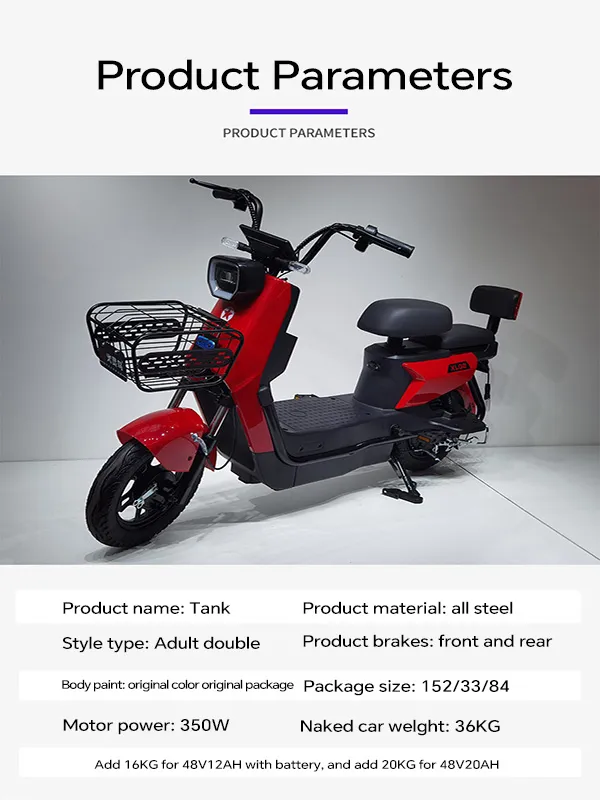
- Afrikaans
- Albanian
- Amharic
- Arabic
- Armenian
- Azerbaijani
- Basque
- Belarusian
- Bengali
- Bosnian
- Bulgarian
- Catalan
- Cebuano
- Corsican
- Croatian
- Czech
- Danish
- Dutch
- English
- Esperanto
- Estonian
- Finnish
- French
- Frisian
- Galician
- Georgian
- German
- Greek
- Gujarati
- Haitian Creole
- hausa
- hawaiian
- Hebrew
- Hindi
- Miao
- Hungarian
- Icelandic
- igbo
- Indonesian
- irish
- Italian
- Japanese
- Javanese
- Kannada
- kazakh
- Khmer
- Rwandese
- Korean
- Kurdish
- Kyrgyz
- Lao
- Latin
- Latvian
- Lithuanian
- Luxembourgish
- Macedonian
- Malgashi
- Malay
- Malayalam
- Maltese
- Maori
- Marathi
- Mongolian
- Myanmar
- Nepali
- Norwegian
- Norwegian
- Occitan
- Pashto
- Persian
- Polish
- Portuguese
- Punjabi
- Romanian
- Russian
- Samoan
- Scottish Gaelic
- Serbian
- Sesotho
- Shona
- Sindhi
- Sinhala
- Slovak
- Slovenian
- Somali
- Spanish
- Sundanese
- Swahili
- Swedish
- Tagalog
- Tajik
- Tamil
- Tatar
- Telugu
- Thai
- Turkish
- Turkmen
- Ukrainian
- Urdu
- Uighur
- Uzbek
- Vietnamese
- Welsh
- Bantu
- Yiddish
- Yoruba
- Zulu
Sep . 21, 2024 17:04 Back to list
26 inch mountain bike
The Ultimate Guide to 26-Inch Mountain Bikes Exploring the Trails with Confidence
Mountain biking is an exhilarating way to connect with nature, push your limits, and enjoy the great outdoors. Among the various options available in the mountain bike market, 26-inch mountain bikes have carved a niche for themselves over the years. This article explores the benefits, features, and considerations of 26-inch mountain bikes, making it easier for you to decide if this is the right choice for your riding style.
Why Choose a 26-Inch Mountain Bike?
One of the most significant advantages of 26-inch mountain bikes is their agility. The smaller wheel diameter makes these bikes highly maneuverable, which is essential for navigating through tight trails, rocky terrains, and steep descents. This agility gives riders more control, allowing for quick turns and sharp handling, making them ideal for technical trails.
Another reason to consider a 26-inch mountain bike is their weight. Generally, these bikes are lighter than their 29-inch counterparts, as smaller wheels mean less material and overall weight. This can make a difference when carrying your bike uphill or during long rides. A lighter bike can also help enhance your acceleration, allowing you to tackle climbs more efficiently.
Additionally, 26-inch wheels tend to be more affordable compared to larger wheel sizes. As the market has shifted towards 27.5-inch and 29-inch bikes in recent years, many manufacturers have reduced the prices of 26-inch models, making them an excellent option for budget-conscious riders or those just starting their mountain biking journey.
Key Features of 26-Inch Mountain Bikes
26 inch mountain bike

When choosing a 26-inch mountain bike, it's crucial to consider certain features that enhance your riding experience. Frame material is one of the most significant factors; options range from aluminum to carbon fiber. Aluminum is lightweight and durable, making it a popular choice among many riders. Carbon fiber, while more expensive, offers superior strength and shock absorption.
Suspension is another critical feature. Mountain bikes typically come with either a hardtail or full suspension setup. Hardtail bikes, which feature a suspension fork in the front and a rigid rear, are lighter and require less maintenance. They excel in climbing, while full-suspension bikes provide better shock absorption and comfort, especially on rough terrains.
Brakes are equally important; most modern mountain bikes are equipped with hydraulic disc brakes, which offer excellent stopping power and performance in various weather conditions. The gear system should also be considered; a wide range of gears allows you to tackle different types of terrain, enhancing your overall riding experience.
Conclusion
In summary, 26-inch mountain bikes remain a strong choice for enthusiasts looking for a balance of maneuverability, affordability, and lighter weight. While larger wheels are gaining popularity, the 26-inch models still hold their ground, offering a thrilling ride for beginners and seasoned riders alike.
Whether you’re planning to tackle rocky trails, enjoy scenic rides through woods, or take on technical downhill courses, a 26-inch mountain bike can provide the experience you're seeking. Before making a purchase, take the time to test ride a few options, ensuring you find the perfect fit to enhance your adventures on the trails. So gear up, hit the trails, and embrace the thrill of mountain biking with confidence!
-
The Ultimate Kids' Four-Wheeler Experience
NewsJul.09,2025
-
The Ultimate Guide to Mountain Bikes: Gear Up for Your Ride
NewsJul.09,2025
-
The New Age of Cycling: Electric Bikes for Every Rider
NewsJul.09,2025
-
The Best Kids Bicycles: Ride in Style and Safety
NewsJul.09,2025
-
The Best 3-Wheel Scooters for Kids: Fun, Safety, and Adventure
NewsJul.09,2025
-
Revolutionize Your Ride: Affordable Electric Bikes
NewsJul.09,2025
-
Finding the Perfect Mountain Bike for Every Rider
NewsJul.09,2025



